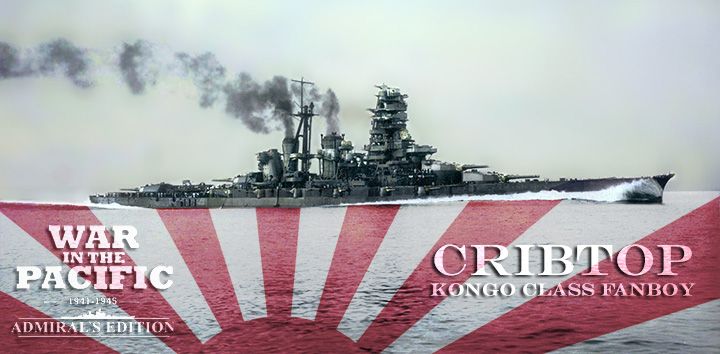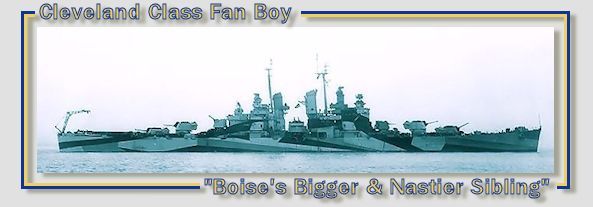Canoerebel
Posts: 21100
Joined: 12/14/2002
From: Northwestern Georgia, USA
Status: offline

|
We're beginning June 1942, so a theater analysis is in order to see how Allied operations are complimenting each other:
DEI: Here is the key theater in the game. The Allies have pretty much maxed out defenses in eastern Sumatra. The question is whether the Allies can hold permanently. If so, they've won the war. But Japan will have the ability to isolate this area and try to overcome the Allies there for some undertermined period that should last anywhere from three to six months. Gradually, the Allies should attain enough assets and power to "come to the rescue" of eastern Sumatra if it remains in Allied hands long enough. The short term objective is to hammer the first major Japanese effort to land in eastern Sumatra. The long term objective is to hold eastern Sumatra long enough for initiative to change.
Burma: It appears that the Allies will not succeed in taking Rangoon, which is disappointing. A successful campaign would have turned Burma into an Allied stronghold that would have complimented the defense of Sumatra. Nevertheless, the Burma campaign has been successful, though to a lesser extent. At little cost, the Allies have tied up the KB and major combat ships for weeks as Steve (successfully) mounted a quick Rangoon relief effort. At a minimum, Burma bought eastern Sumatra two weeks (maybe as much as a month) of freedom from isolation.
China: The Chinese army has been on a rampage, taking on and savaging seven IJA divisions over the past six weeks. There was little strategic skill involved in this - rather, I believe the success came in the fact that Steve thought the battle was about bases when it was really about units. I hope to continue the pressure in China indenfinately. This is a low risk, high return theater of operations for the Allies. At the very least, I believe the situation prevents Steve from buying units out of China for use elsewhere. It's possible he's even had to send fresh units there to stave off what seemed like a disaster in the making for awhile.
SoPac: Pago Pago is important to the Allies only because it's become important to Japan. For the Allies, the operations there are low risk/high reward (the Allies can afford to lose everything committed). PP has tied up BB Hiei and two IJN cruisers for two months. Japan keeps feeding troops and ships into the melee to no good effect. In order to frustrate Japan and to keep Steve's attention at Pago Pago, the Allies will reinforce a bit and commit additional combat ships if there seems to be a chance to whack Hieie, Tone, and Chikuma.
CenPac: The Allied invasion of Tarawa is imminent. A failure here could result in a reverse Pago Pago. So, if things go sour, the Allies probably ought to bug out. If successful, however, Tarawa (and associated islands) poses a major threat to extended Japanese LOC down the Solomons to Fiji, Pago Pago, and New Caledonia. The Allies would also cast a glance to the north (Mili, Majuero, Wotje, etc.).
NoPac: The March invasion of NoPac really threw Japan for a loop for awhile. Even now, nine weeks later, Japan has at least two CAs, perhaps as many as four, and a CVE operating up here. Alot of ships and units are involved in base building. Japan can easily re-take Onne and Para at the moment, but if there is a further delay into the summer, the Allies may try to re-supply, reinforce, and try to hold these bases into the winter. But these bases are "on their own" for at least another month, after which I might have CV Wasp and CVE Long Island available for duty.
< Message edited by Canoerebel -- 7/28/2011 2:34:04 PM >
|
 Printable Version
Printable Version

















 New Messages
New Messages No New Messages
No New Messages Hot Topic w/ New Messages
Hot Topic w/ New Messages Hot Topic w/o New Messages
Hot Topic w/o New Messages Locked w/ New Messages
Locked w/ New Messages Locked w/o New Messages
Locked w/o New Messages Post New Thread
Post New Thread